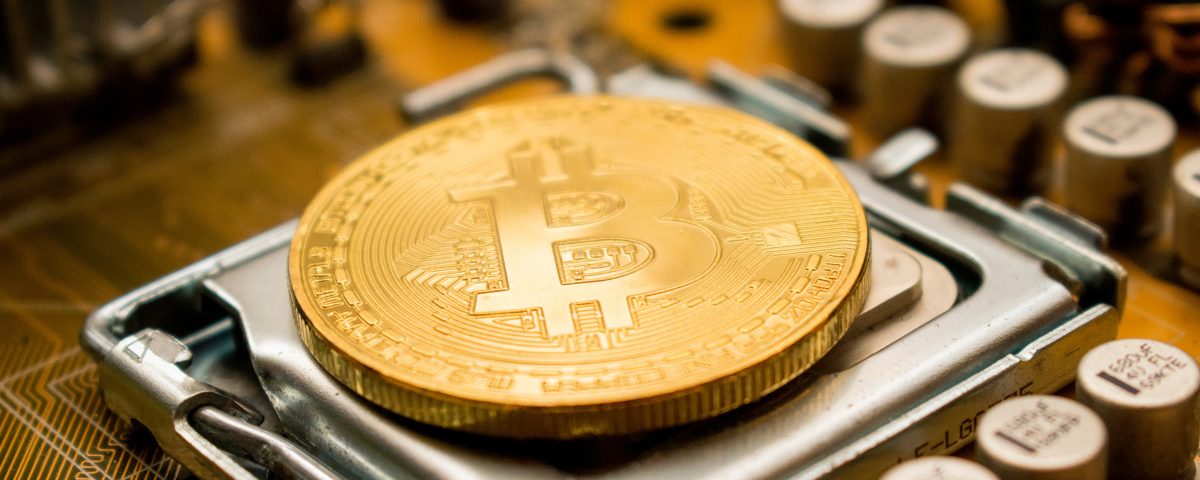What Happens to Bitcoin after 21 Million Bitcoins are Mined?

The Truth about Dogecoins: What It Is and Why Everybody’s Talking About It
November 25, 2021
Ethereum and the Future of Decentralized Applications
November 30, 2021There is an upper limit on how many Bitcoins can ever exist due to the finite amount of blocks that can be mined into existence — 21 million… As of November 2021, there will be approximately 19 million Bitcoins that have been mined!
History
Bitcoin is a cryptocurrency and digital payment system that was created in 2009 by an unknown programmer named Satoshi Nakamoto. Bitcoin has been accepted as a legitimate currency by various merchants and the number of Bitcoin transactions has been rapidly increasing. With the limited supply, many people are wondering what happens to Bitcoin after all the Bitcoins have been mined?
Bitcoin mining is competitive so it is assumed that miners offer their processing power for a reward. The more a miner is willing to invest in processing power to mine Bitcoin, the quicker they can find a block and collect a reward. Theoretically, this means that as time progresses with each new block being mined the rate of finding the next block decreases.
So, what happens when there are no more Bitcoins to mine?
This is an issue that has been debated for quite some time. However, according to Bitcoin’s white paper, the total number of coins will stop growing after the 21 millionth block is mined. As long as miners keep mining blocks then new coins should be generated in order to replace the ones already mined.
That said, this wouldn’t mean that Bitcoin would no longer be used; rather it would just soften how often transactions happen. The rate of transaction would not necessarily change because every transaction would only require one confirmation – without an upper limit on the number of blocks mined there’s really no way to tell when a block is confirmed for eternity.
BTC supply and total supply
The supply of Bitcoin is capped at 21 million BTC. The total supply of Bitcoin will never increase because mining Bitcoins becomes more difficult as time progresses. When all 21 million have been mined, there will be a natural upper limit on the number of Bitcoins that can ever exist.
What happens to Bitcoin after 21 million
After the last Bitcoin is mined, there will still be people who would like to use Bitcoins. The consensus is that mining difficulty will be adjusted to accommodate this need.
The finite rate at which blocks are mined also creates a predictable release of no more than 50 Bitcoins per 10 minutes. This sets a limit on how quickly Bitcoins can be released into circulation and gives a measure of predictability for miners and users on when new coins will become available.
In the end, Bitcoins will likely not disappear completely but instead become a form of private money or store value with some level of acceptance from various merchants or entities.
The future of Bitcoin?
As I mentioned earlier, the limited supply of Bitcoins will create an upper limit on how many Bitcoins can exist. What does this mean for Bitcoin?
At first glance, it would seem as though the finite number of blocks to be mined could cause a devaluation in Bitcoin as more and more Bitcoins are mined. But this isn’t necessarily true because there is a difference between mining and spending. Spending one Bitcoin may produce 1 BTC but that doesn’t mean that 1 BTC is lost: it just means it’s not being spent anymore. It still exists and can be used at anytime.
This means that the limited supply of coins won’t really impact the value of Bitcoin too much. However, there is another factor to consider: 21 million may not be enough to meet demand in the future, so this also poses a problem for Bitcoin.
Conclusion
Bitcoin is a cryptocurrency and digital payment system that was created in 2009 by an unknown programmer named Satoshi Nakamoto. Bitcoin has been accepted as a legitimate currency by various merchants and the number of Bitcoin transactions has been rapidly increasing. As of November 2021, there will be approximately 19 million Bitcoins that have been mined. With the limited supply, many people are wondering what happens to Bitcoin after all the Bitcoins have been mined?
Bitcoin mining is competitive so it is assumed that miners offer their processing power for a reward. The more a miner is willing to invest in processing power to mine Bitcoin, the quicker they can find a block and collect a reward. Theoretically, this means that as time progresses with each new block being mined the rate of finding the next block decreases. This creates an upper limit on how many Bitcoins can ever exist due to the finite amount of blocks that can be mined into existence – 21 million.
Become a Medium member
I hope you enjoyed reading this. If you’d like to support writers, consider becoming a Medium member. It’s just $5 a month and you get unlimited access to Medium.


